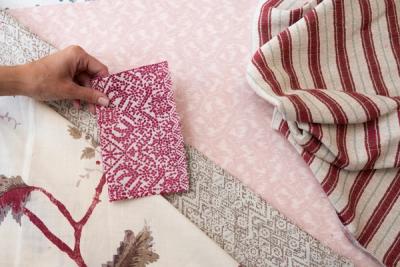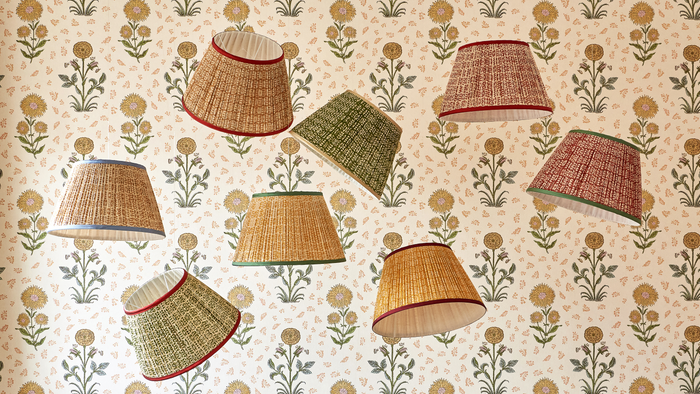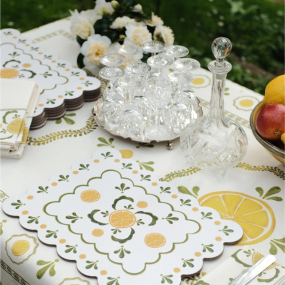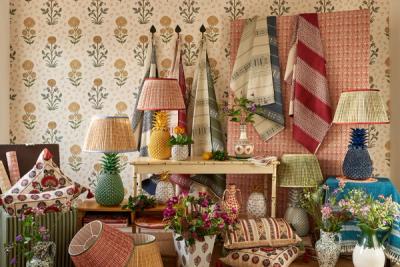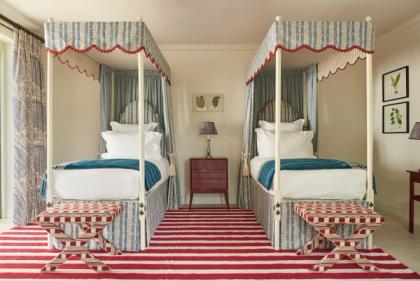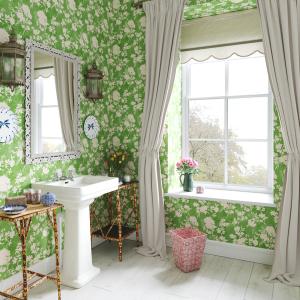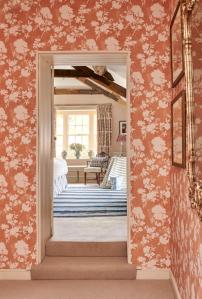Decoration
Exposed Stone: How to Work With it, Rather than Around it
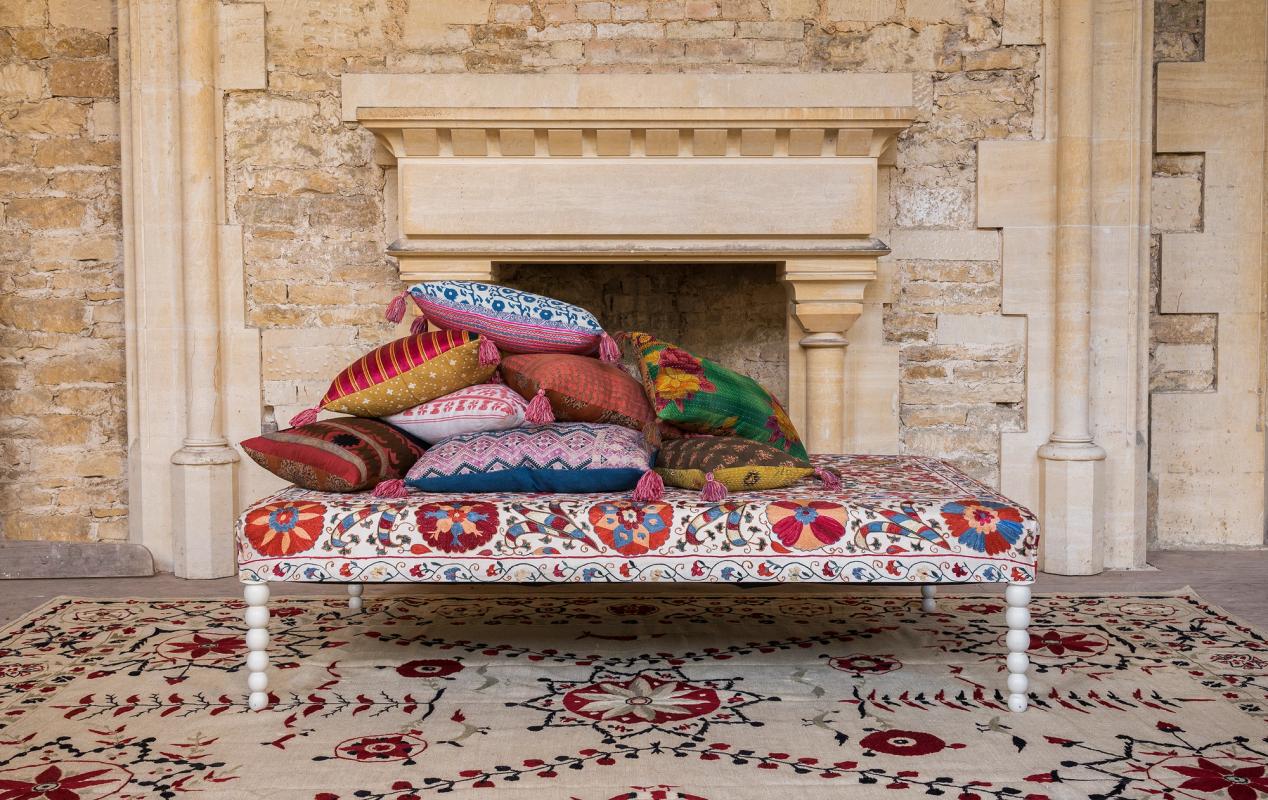
Exposed Stone: How to Work With it, Rather than Around it
Exposed stone is one of those features that sells itself. Whether the exposed red brick of a Victorian cellar buried deep beneath your townhouse or the bare Cotswold stone of a countryside cottage, there’s something about it that brings the home’s uniqueness and history into sharp relief.
Then again, however powerful that initial ‘wow factor’ is, most people will develop a rocky relationship with their exposed stone wall. Why? For starters, because, on the scale of ‘Things That Are Easy to Keep Free of Dust and Spider’s Webs’, it’s right there alongside ‘Fuzzy Felt Wall Art’ and ‘Silk Flowers’. What’s more, it hasn’t got the luxury of insulation on its side so, if you feel the cold, an exposed stone wall pairs best with a roaring fireplace.
Provided you can get past all of that, however, there’s another bone of contention to face – how to put your own stamp on the home when the usual methods aren’t going to fly.
What can I use to hang something on stone?
While drilling into the stone itself isn’t advisable – remember, you can’t patch-in a stone or brick as you can a plastered wall – you get things into the mortar work between the stones without much trouble. Brick clips or regular screws can work, but it’s worth talking to a stonemason sooner rather than later, particularly if traditional lime mortar has been used.
So, you can hang objects. Decorative pieces and garlands look particularly good against exposed stone, but we wouldn’t recommend you start thinking about hanging pictures or mirrors. The uneven stone makes it very difficult to get the frames hanging straight, and they tend to look a little unnaturally perched, rather than at-home.
Obviously, every stone wall is different. You might get away with hanging a frame on a red brick wall, but a stone cottage poses more of a logistical nightmare for that sort of thing.
Instead, consider using one of these elements to complement your stone wall…
1. Lighting
Lamplight is the interior designer’s secret weapon, and never more so than when it’s used strategically against an exposed stone wall. While the irregularities and unevenness of a stone wall makes it tricky for certain design elements, it’s also what makes it perfect for others.
Placed low down – say, anywhere below the wall’s mid-point between ceiling and floor – a lamp can direct light up over the wall. Those bumps and recesses create an incredible mix of shadows and bright spots, and the glow of a warm toned lightbulb can really pick out the honey colour of limestone, or the rich red of brick.
Decorative lighting has a lot of versatility for the home and, while placing a lamp near your wall may seem like an obvious choice, the impact is something that is certainly worth ‘leaning into’ as you redecorate.
2. Bunting
Bunting is no longer limited to a few highpoints during the year. These days, a beautiful string of bunting serving no particular purpose other than, ‘It looks pretty’, is a key staple of the quintessentially British home. It’s perfect for an exposed stone or brick wall, because, with the right amount of slack, it can accommodate the unique shapes and contours much better than a rigid object, like a frame.
It also doesn’t cover up too much of your wall. Unlike other, plastered walls, your exposed stone doesn’t need much to bring it to life, since it’s a feature in and of itself.
The best part is that you can make your own bunting with little to no sewing experience, and you can have fun choosing beautiful fabrics that you can add an extra flourish to your home with.
3. Curtains
If your stone wall features a window, then a curtain is the obvious choice – though it’s always worth stating that, if your wall is its own feature, a statement curtain can help you to feel as though you have more control over the finished look.
But, if your stone wall doesn’t feature a window, then there’s no reason not to hang a curtain anyway. A curtain that is designed to frame a doorway, and maybe even be drawn across it in the evenings – an excellent choice if your home is prone to drafts – will have the same effect and soften the impact of that exposed stone.
A rich, weighty weave, which you can read more about here, will be ideal choice for this curtain, and offer a strong and eye-capturing contrast with the cold, irregular masonry.
More from Decoration



